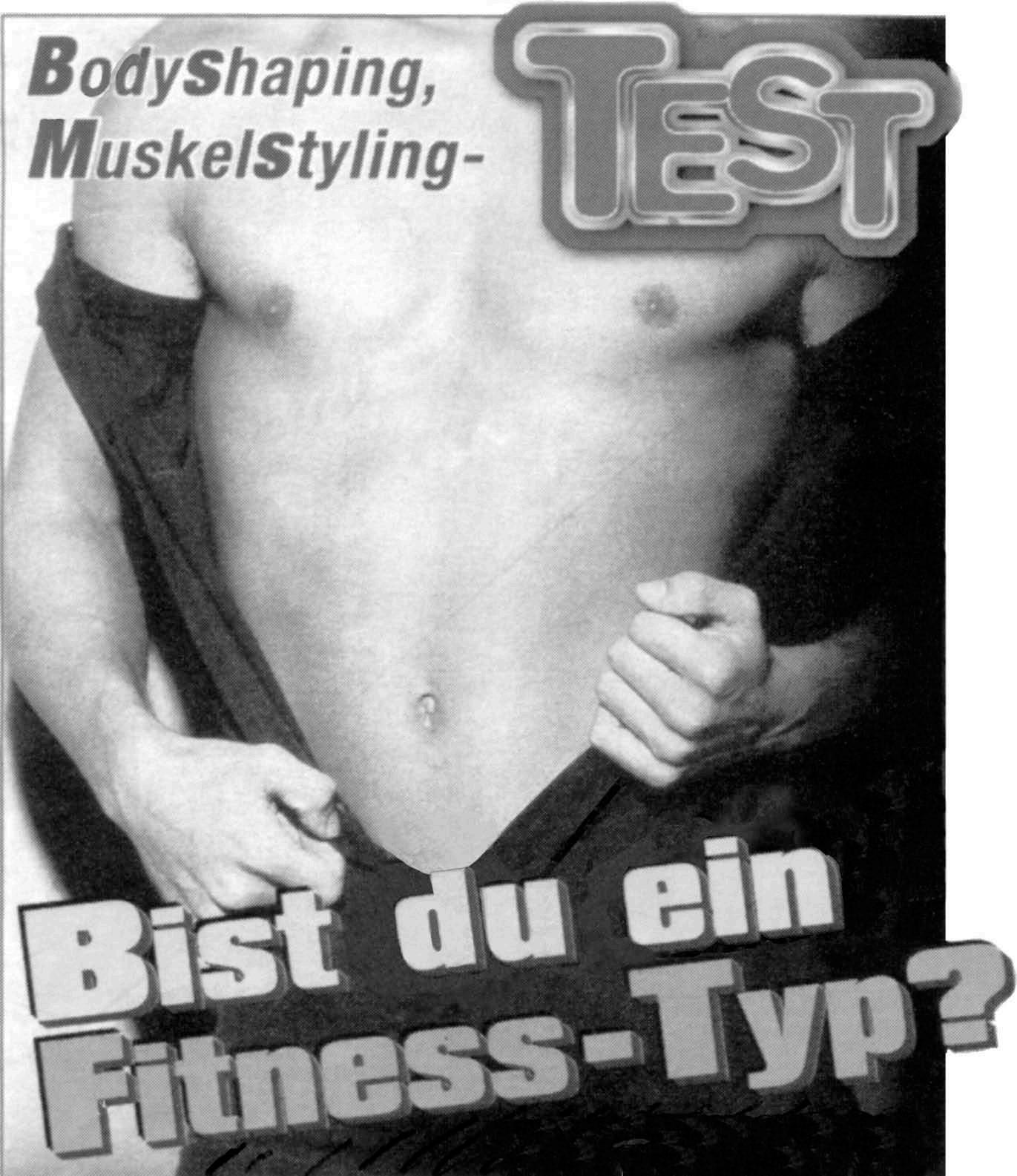9.1 The ‘bracket’ construction
139
Inside the central section, the words that are most important for the action of the verb and/or give the most important new information tend to come last in the central section, i.e. closest to the second part of the main verb (9.4–9.9): Ingenieure haben jetzt für das Handy der Zukunft ein neues Konzept entwickelt. Dieses Jahr werden 135 000 Menschen in Deutschland an Alzheimer erkranken. What this means is that you always need to consider the clause as a whole. You should not assume that the subject will come first and you should not assume that the most important (stressed) information comes near the start of the clause or sentence. Generally, German speakers will exploit the flexibility of German word order to vary the emphasis. Observe how this works in practice, and avoid getting frustrated. This is not just a difficulty for the learner, but also an interesting linguistic difference between English and German. It requires a different way of thinking while you speak or write, listen or read.
9.1 The ‘bracket’ construction You saw in sections 1.8–1.10 that there are three types of clause structure in German:
MAIN CLAUSES:
the FINITE VERB is the second element
QUESTIONS and COMMANDS:
the FINITE VERB is the first element
SUBORDINATE CLAUSES:
the FINITE VERB is the last element
In all these clause types, most of the words and phrases in the clause are enclosed in a CENTRAL The enclosing words form a kind of BRACKET around the central section. This bracket construction is typical of all German clauses. However, if the verb consists of only one part, the ‘closing bracket’ may be a virtual one!
SECTION.
Main clauses
topic
bracket1 (FINITE VERB)
bracket2 central section
(PAST PARTICIPLE) (INFINITIVE) (SEPARABLE PREFIX)
Questions and commands
bracket1 (FINITE VERB)
bracket2 central section
(PAST PARTICIPLE) (INFINITIVE) (SEPARABLE PREFIX)
Subordinate clauses
conjunction
central section
bracket2
bracket1
(PAST PART.) (INFINITIVE)
(FINITE VERB) (with prefix)










